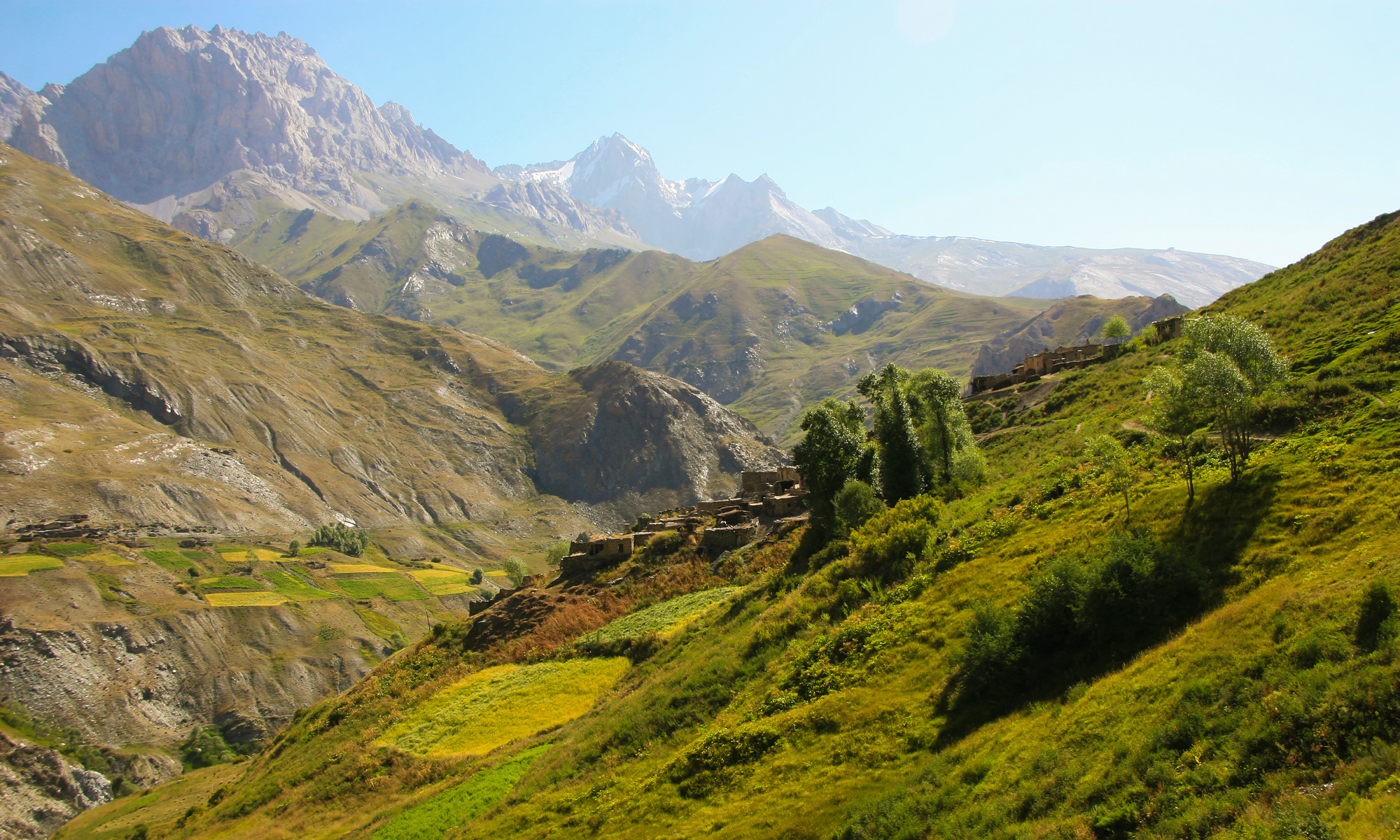It has been several months since scholars, development agencies, government officials, and Yaghnobi community members gathered in Dushanbe for the First International Conference on the Preservation and Sustainable Development of the Yaghnob Valley. Held in October 2007 under the title “Ancient Sogdiana: Past, Present and Future”, the event marked a turning point in Tajikistan’s approach to cultural heritage and rural sustainability.
Now, in 2008, the ideas discussed are beginning to take shape—not yet in concrete outcomes, but in renewed attention, clearer frameworks, and a public declaration that places the Yaghnob Valley firmly back on the national agenda.
A Declaration Rooted in Urgency and Hope
The final declaration of the conference, adopted with consensus among participating institutions and community representatives, outlines a multi-pronged strategy to preserve the Yaghnobi people’s language, landscape, and way of life.
Key components of the declaration include:
- A formal commitment to support the creation of a Yaghnob Natural-Ethnographic Park, based on proposals first introduced in the early 1990s.
- Recognition of Yaghnobi as a distinct linguistic and cultural heritage with national and international significance.
- Immediate recommendations for curriculum development in Yaghnobi and infrastructure rehabilitation in the valley.
The declaration is now circulating among ministries, local authorities, and international donors. Several NGOs have expressed interest in supporting pilot projects in 2008–2009.
Proposed Measures and Ongoing Discussions
Following the conference, working groups and institutional partners have begun consultations on the following:
1. The Yaghnob Natural-Ethnographic Park
Plans are underway to revisit the original concept prepared in the 1990s by the Ministry of Nature Protection. The revived model emphasizes:
- Environmental zoning and ecosystem protection.
- Cultural landscape preservation through traditional architecture, crafts, and storytelling.
- Community-led management with sustainable tourism potential.
A task force is expected to be formed this year to review logistical feasibility, funding avenues, and legislative needs.
2. Bilingual Education and Cultural Transmission
The linguistics and education panels called for:
- Development of Yaghnobi-language primers and teacher training programs.
- Pilot classes in selected valley villages and Zafarobod settlements.
- Recording of folklore and oral history from elder generations before this knowledge is lost.
Initial groundwork for these initiatives is being laid by a group of linguists and educators in cooperation with local schools.
3. Infrastructure and Public Services
Rebuilding the valley’s infrastructure was highlighted as essential to sustainable repopulation and development. Key priorities:
- Access to reliable transport routes, including bridge maintenance and seasonal road improvement.
- Installation of mobile health clinics and basic sanitation services.
- Development of clean energy and water access in key settlements.
While no concrete projects have been launched as of early 2008, several international partners have expressed readiness to support proposals aligned with community priorities.
The Yaghnobi Voice and Local Participation
Perhaps the most important principle reaffirmed by the conference declaration is that Yaghnobi people themselves must lead any efforts to preserve their language and territory. The formation of a Yaghnob Community Council, composed of valley residents, Zafarobod representatives, and cultural advocates, is now under discussion.
Community involvement is also crucial for:
- Planning local festivals or cultural events.
- Selecting village representatives for consultations.
- Creating oral history archives and documentation.
Several Yaghnobi families who attended the conference have reported a renewed interest among younger generations in learning the language and connecting with valley traditions.
Ongoing Challenges
Despite the promising tone of the conference and its follow-up declaration, several structural challenges remain:
- The fragmented administrative status of the valley complicates implementation.
- The dispersed nature of Yaghnobi populations—some still in exile or urban areas—makes coordinated effort difficult.
- Long-term funding and legal protections for the park and education projects are not yet secured.
Still, there is growing consensus that Yaghnob must not be left behind again. The sense of urgency voiced at the conference continues to resonate with policy leaders, researchers, and international organizations monitoring Tajikistan’s cultural heritage efforts.
